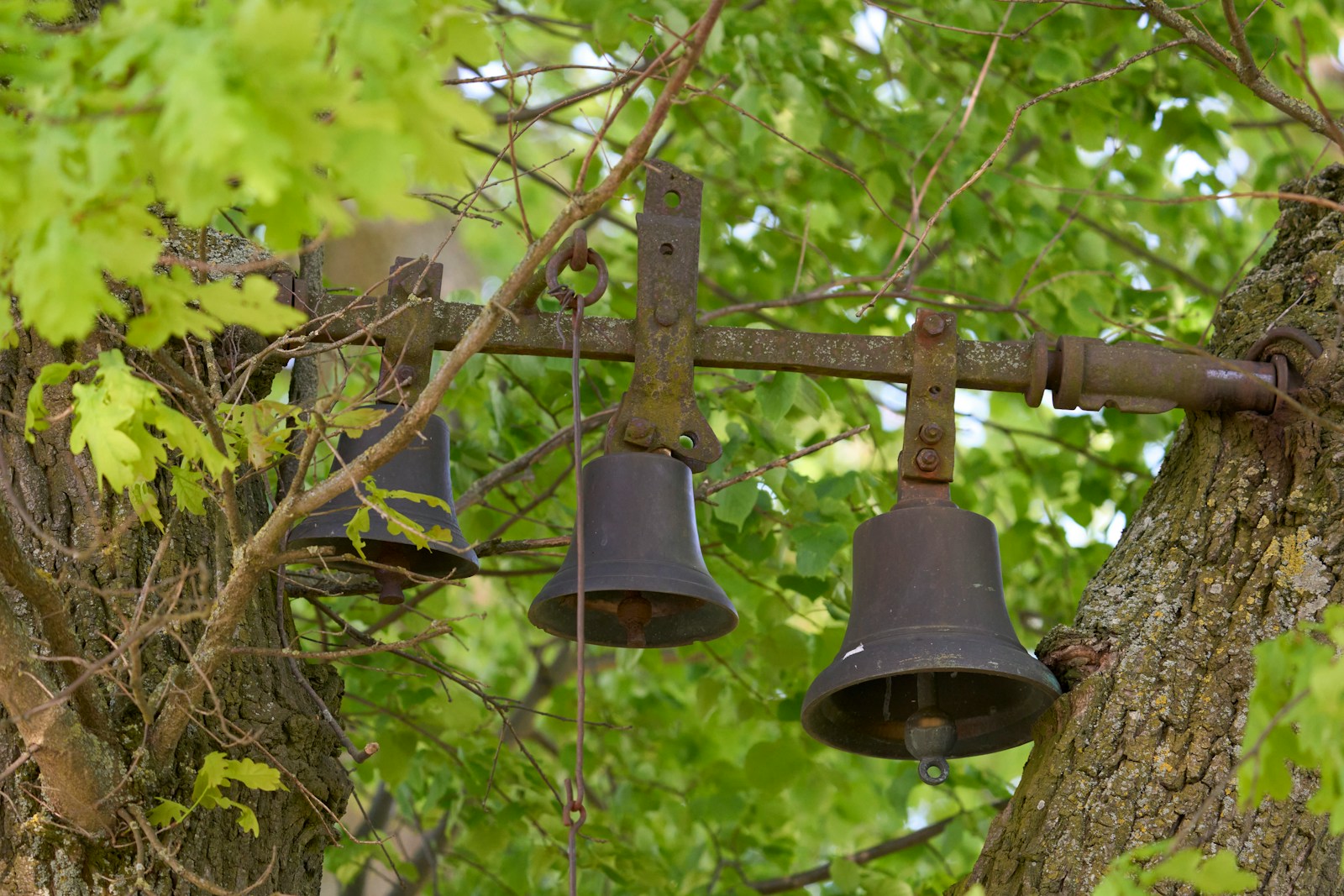In the vast wilderness, where humans venture into the domain of wildlife, safety becomes a paramount concern. Wildlife whistles and alarms serve as crucial tools for campers, hikers, and outdoor enthusiasts to deter potentially dangerous animal encounters. These devices work by emitting sounds that either startle animals or communicate your presence, reducing the likelihood of surprise confrontations.
Whether you’re camping in bear country, hiking through mountain lion territory, or pitching a tent in areas with aggressive moose or bison, understanding how to effectively use wildlife deterrent devices can make the difference between a peaceful outdoor experience and a dangerous wildlife encounter.
This comprehensive guide will walk you through everything you need to know about selecting, using, and maximizing the effectiveness of wildlife whistles and alarms during your camping adventures.
Understanding How Wildlife Deterrents Work

Wildlife whistles and alarms operate on the principle that unfamiliar or startling sounds can deter animals from approaching humans. Many wildlife deterrents emit frequencies that are particularly unsettling to certain animal species, causing them to avoid the source of the sound.
Some devices, like bear bells, create a consistent noise that alerts animals to human presence well before a face-to-face encounter occurs. Electronic alarms often produce sounds that mimic predator calls or distress signals that wild animals instinctively avoid.
Understanding the scientific basis behind these tools helps campers make informed decisions about which deterrents might be most effective for the specific wildlife in their camping area. It’s important to note that while these devices can be effective, they should always be used as part of a comprehensive wildlife safety strategy rather than relied upon exclusively.
Types of Wildlife Whistles and Their Applications

Wildlife whistles come in several varieties, each designed with specific animals and situations in mind. Traditional bear whistles are simple devices that create a high-pitched sound when blown, making them useful for hiking through dense forest where visibility is limited.
Ultrasonic whistles emit frequencies that are often inaudible to humans but irritating to animals with sensitive hearing, such as coyotes and wolves. Electronic whistles offer variable frequency options and can be particularly effective for larger predators like bears and mountain lions. Passive whistles, which are mounted on vehicles and activated by airflow while driving, help reduce wildlife collisions on roads near camping areas.
When selecting a wildlife whistle, consider the prevalent species in your camping destination and choose a model specifically rated for those animals, as different whistles target different wildlife with varying effectiveness.
Electronic Wildlife Alarms and Their Benefits

Electronic wildlife alarms represent the technological evolution of traditional whistles, offering enhanced features and capabilities. These devices typically provide higher volume levels and more diverse sound patterns that can be particularly effective at deterring persistent wildlife.
Many electronic alarms include motion sensors that activate automatically when an animal approaches your campsite, providing protection even while you sleep. Advanced models offer programmable settings that can alternate between different sounds to prevent animals from becoming habituated to a single tone.
Some electronic alarms also incorporate visual deterrents like flashing lights, creating a multi-sensory deterrent effect that can be especially useful in low-visibility conditions. The primary advantage of electronic alarms is their consistency and reliability compared to manual whistles, though they do require battery power and may add weight to your camping gear.
Bear Bells and Continuous Noise Makers
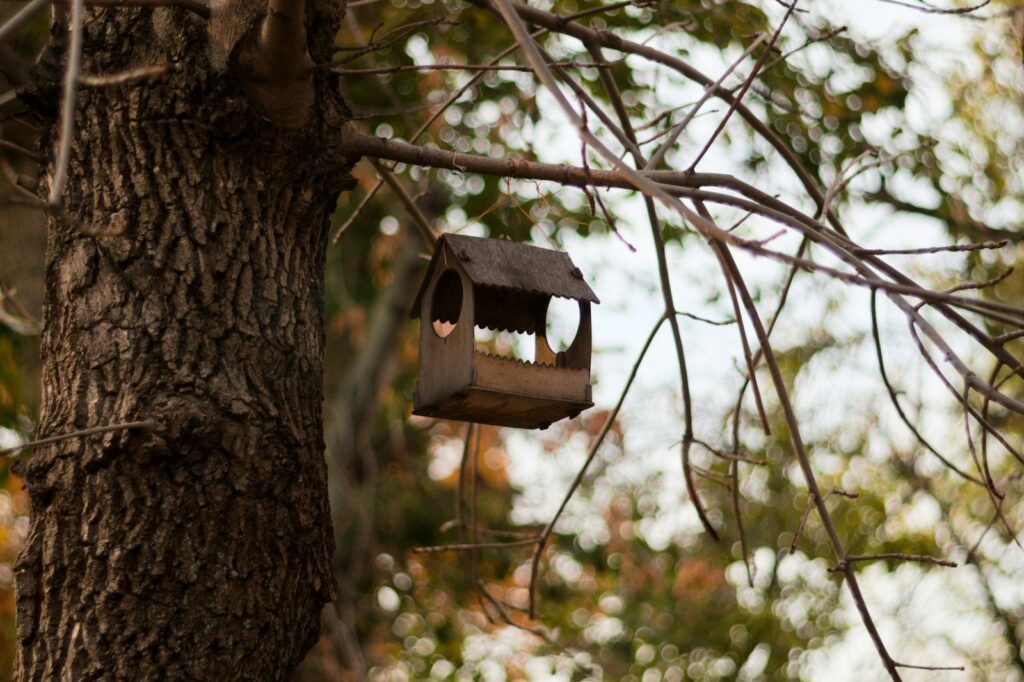
Bear bells serve as passive noise makers that continuously alert wildlife to human presence without requiring active engagement from the camper. These small metal bells attach to backpacks, walking sticks, or clothing and create a gentle jingling sound with movement that warns animals of approaching humans. The continuous nature of bear bells makes them particularly valuable on hiking trails, where constantly blowing a whistle would be impractical.
Many experienced hikers combine bear bells with occasional whistle blasts when entering dense vegetation or approaching blind corners on trails. Some modern bear bells feature magnetic silencers that allow campers to quiet the bells when not needed, such as during rest periods or when wildlife alertness is less critical.
While some research questions the effectiveness of bear bells specifically for grizzly bears, they remain a popular and accessible option for general wildlife awareness in most camping environments.
When and Where to Use Wildlife Deterrents

The appropriate use of wildlife whistles and alarms depends largely on your location, the time of day, and the specific animal species in the area. Dawn and dusk represent particularly important times for wildlife alertness, as many predatory animals are most active during these transitional periods.
Dense vegetation, river crossings, and trail sections with limited visibility call for more frequent whistle use to avoid startling animals at close range. In established bear territory, consistent use of deterrents is advisable throughout your camping experience, particularly when approaching food storage areas or natural food sources like berry patches or fishing streams.
Areas with known wolf or mountain lion populations benefit from intermittent whistle use while hiking and electronic alarms at campsites, especially if camping with children or pets that might attract predator interest. Always research the specific wildlife concerns for your camping destination and adjust your deterrent strategy accordingly.
Proper Techniques for Manual Wildlife Whistles
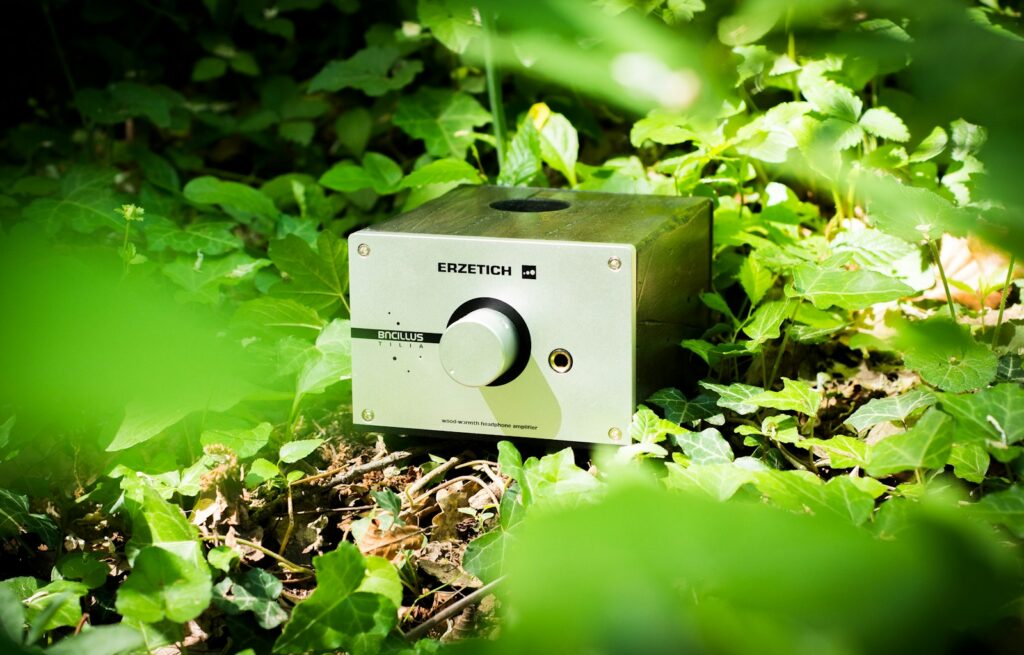
Mastering proper whistle technique maximizes the effectiveness of manual wildlife deterrents in emergency situations. When using a wildlife whistle, produce three short blasts in succession—this pattern is universally recognized as a distress signal and differs from natural sounds animals might hear in the wilderness.
Position the whistle correctly in your mouth, ensuring your lips create a proper seal around the mouthpiece to generate the highest possible volume and clearest tone. For hiking purposes, establish a regular interval for whistle blasts based on the terrain; dense forest might require whistling every few minutes, while open meadows might need less frequent alerts.
Always keep your whistle accessible, preferably attached to your person rather than packed away in a backpack, as wildlife encounters can occur suddenly and without warning. Practice using your whistle before your camping trip to become comfortable with the correct technique and to understand its sound characteristics.
Setting Up Electronic Alarms at Your Campsite
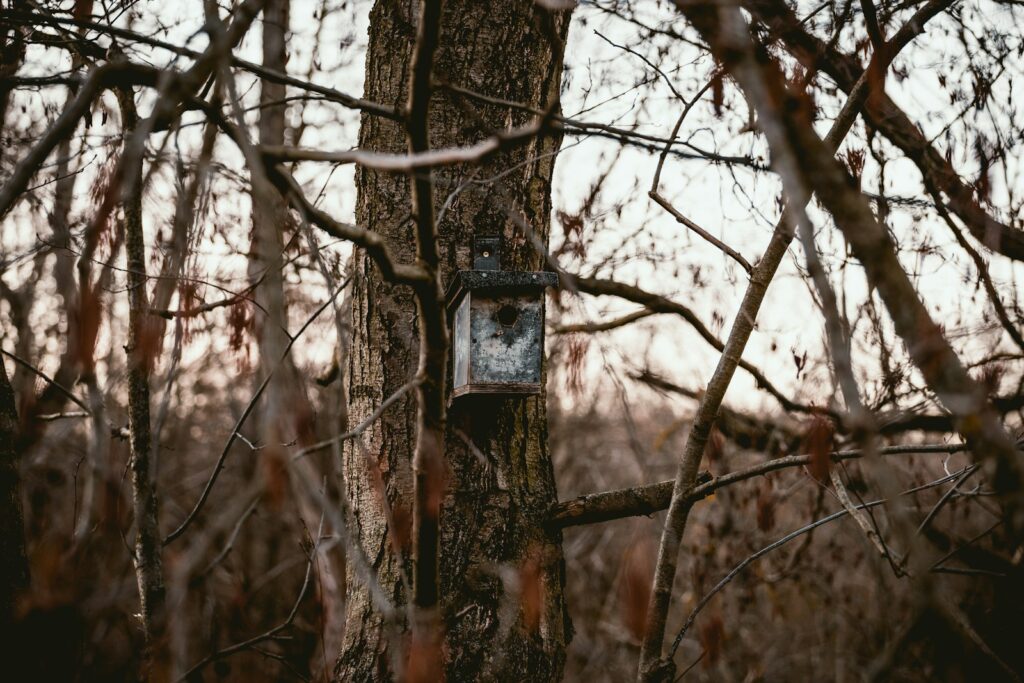
Creating an effective electronic alarm perimeter around your campsite requires strategic placement and proper configuration. Position motion-activated alarms at the natural approach points to your campsite, particularly along game trails or pathways that wildlife might use. Most electronic systems should be mounted at approximately waist height on trees or poles to optimize their detection range and sound projection.
Configure the sensitivity settings appropriately for your environment—dense forests with small animal activity might require lower sensitivity to prevent false alarms, while open areas can use higher sensitivity settings. Establish your alarm perimeter before nightfall and test each unit to ensure proper functioning and adequate volume.
Some campers create a layered defense by placing different types of alarms at varying distances from the central camping area, providing progressive warning as wildlife approaches. Remember to inform all members of your camping party about alarm locations to prevent accidental triggering and to ensure everyone knows how to respond if an alarm activates.
Wildlife-Specific Deterrent Strategies

Different wildlife species respond to deterrents in unique ways, requiring tailored approaches for maximum effectiveness. For bears, particularly grizzlies, combine noise deterrents with proper food storage and carry bear spray as your primary defense in close encounters. When camping in mountain lion territory, electronic devices that emit sounds resembling large predators have proven more effective than simple whistles or bells.
Moose, despite their herbivorous nature, can be surprisingly aggressive and respond better to deep-toned alarms rather than high-pitched whistles during their rutting season. Wolf packs typically avoid human sounds but may become curious about consistent, unchanging noises; therefore, variable-tone deterrents work best in wolf country.
For areas with aggressive elk during rutting season, specialized electronic deterrents that mimic competing male elk calls can keep these large animals at a safe distance from your campsite. Research the specific behaviors and hearing sensitivities of wildlife in your camping region and select deterrents accordingly.
Combining Deterrents with Other Safety Practices

Wildlife whistles and alarms should form just one component of a comprehensive outdoor safety strategy. Proper food storage using bear-resistant containers or hanging food caches keeps attractants away from your sleeping area and reduces the likelihood of nighttime wildlife visitors.
Maintain a clean campsite by properly disposing of cooking water, food scraps, and other items that might attract animals through their keen sense of smell. Always carry appropriate wildlife deterrent spray, such as bear spray, and know how to use it effectively as a last resort if noise deterrents fail.
Educate all members of your camping party about wildlife safety protocols, including how to respond to alarms and the proper reaction if wildlife is encountered despite precautions. By layering multiple safety practices rather than relying solely on wildlife whistles or alarms, you create redundant systems that significantly enhance your overall protection in the wilderness.
Limitations and Potential Drawbacks

While wildlife whistles and alarms provide valuable protection, understanding their limitations is crucial for realistic expectations. Some wildlife, particularly habituated bears in popular camping areas, may become desensitized to common deterrent sounds over time, reducing their effectiveness. Extreme weather conditions like heavy rain or strong winds can dramatically reduce the audible range and effectiveness of both manual whistles and electronic alarms.
Battery-powered devices can fail at critical moments if not regularly checked and maintained with fresh power sources. Research indicates varying effectiveness across different animal species; for instance, some studies suggest standard bear bells may not be particularly effective against grizzly bears specifically.
Additionally, improperly used deterrents might occasionally startle wildlife into unpredictable behavior rather than causing them to retreat as intended. Acknowledging these limitations helps campers develop backup plans and avoid a false sense of security from relying too heavily on any single deterrent method.
Maintenance and Testing of Wildlife Deterrents
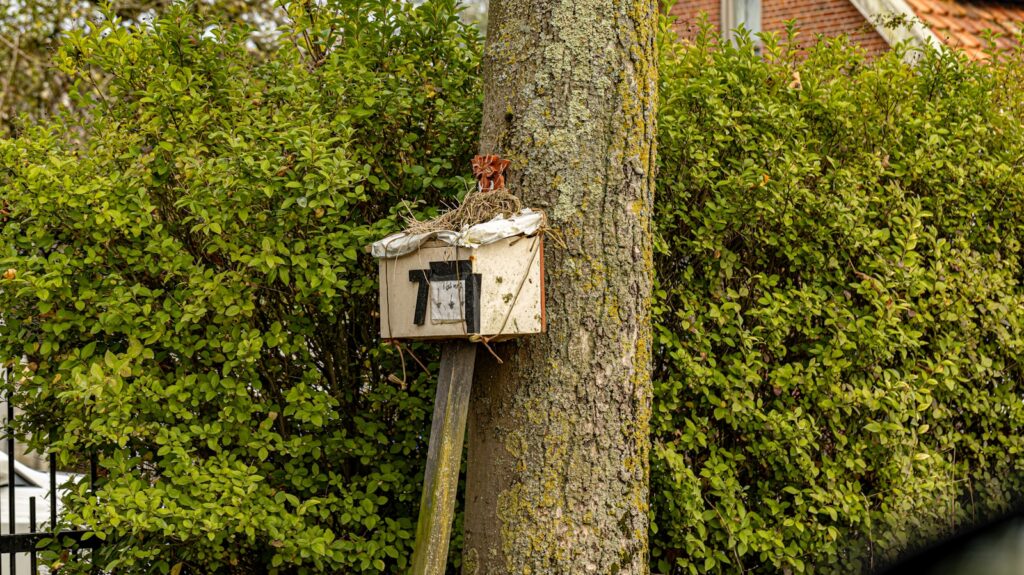
Regular maintenance ensures your wildlife deterrents function properly when needed most. Before each camping trip, test all whistles and alarms to verify they produce the appropriate volume and tone for their intended purpose.
For electronic devices, pack extra batteries and consider carrying lightweight solar chargers for extended wilderness trips where battery replacement isn’t possible. Clean manual whistles after use to remove saliva, dirt, or debris that might affect their sound quality or hygiene for shared use. Inspect attachment points for bear bells and other passive noise makers to prevent losing them during your wilderness activities.
For all-season campers, verify that your chosen deterrents function properly in extreme temperatures; some electronic devices may become less reliable in freezing conditions or intense heat. Establish a regular testing schedule during multi-day camping trips, particularly for electronic devices that remain stationary around your campsite, to ensure continuous protection throughout your wilderness stay.
Teaching Children and Groups About Wildlife Deterrents
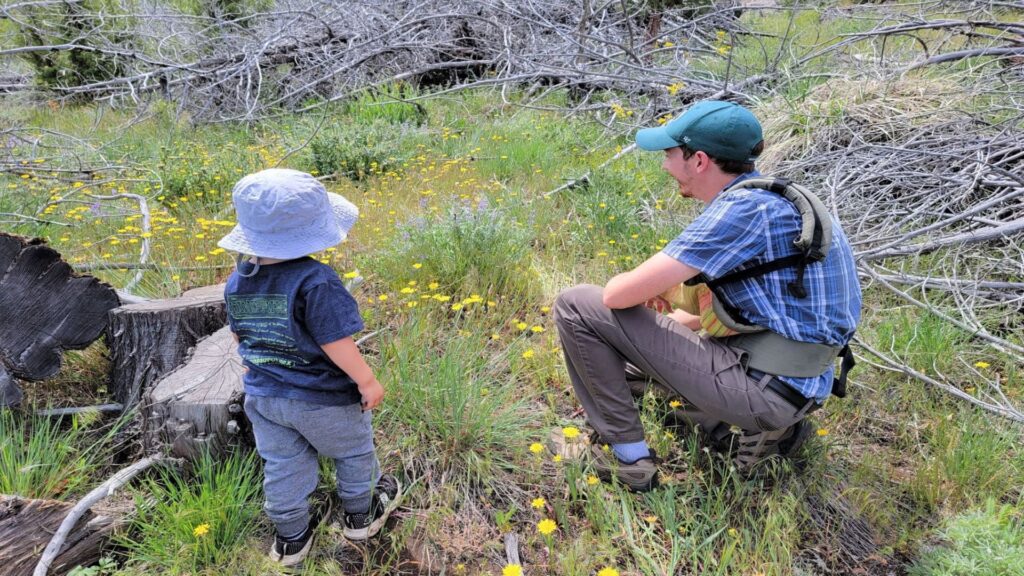
Education plays a vital role in maximizing the effectiveness of wildlife deterrents when camping with children or groups. Teach children the proper use of whistles through engaging practice sessions, emphasizing that wildlife whistles are safety tools rather than toys.
Establish clear protocols for when whistles should be used and create age-appropriate responses for children to follow if wildlife is spotted or if an electronic alarm activates. For group camping, designate specific responsibilities regarding the setup, monitoring, and maintenance of electronic alarm systems to ensure no tasks are overlooked. Consider creating a buddy system for hiking where partners monitor each other’s wildlife deterrent use and maintain appropriate noise levels in wildlife-dense areas.
For educational groups or family camping trips, turn wildlife safety into a learning opportunity by explaining the science behind animal hearing and how different deterrents affect various species’ behavior. Well-informed campers of all ages contribute to a safer wilderness experience for everyone in the group.
Responsible Use of Wildlife Deterrents
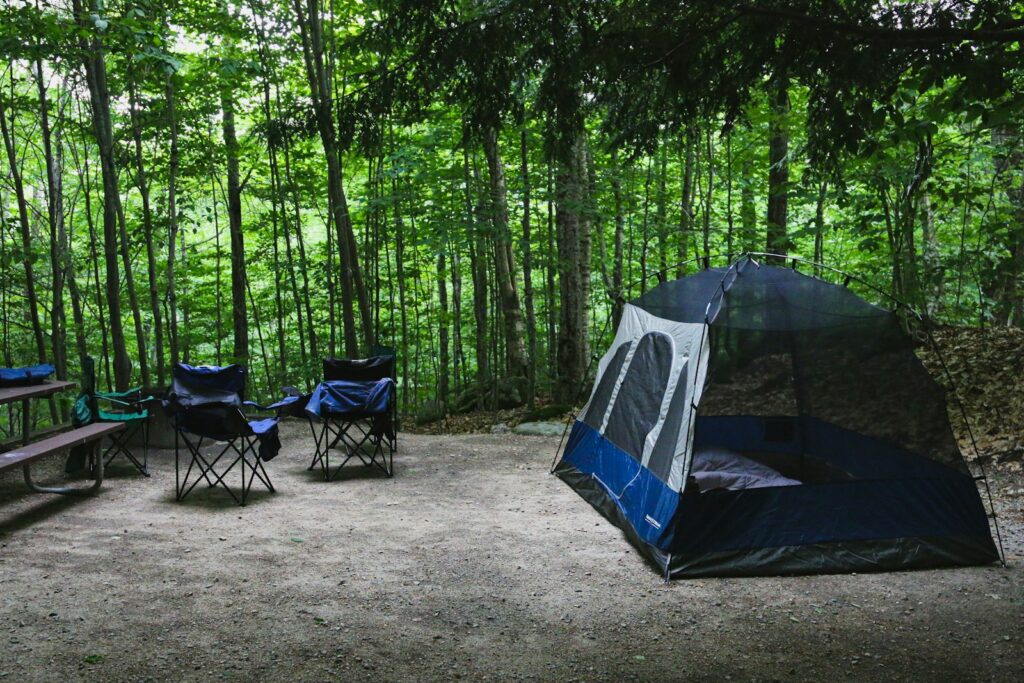
Ethical considerations should guide your use of wildlife deterrents to balance personal safety with respect for natural environments. Use deterrents selectively and appropriately rather than constantly, particularly in national parks and protected wildlife areas where animal behavioral patterns might be disrupted by excessive noise.
Consider the impact on other wilderness users; constant whistle blowing or loud electronic alarms can diminish the wilderness experience for fellow campers seeking natural soundscapes. In areas where certain wildlife species are endangered or being reintroduced, consult with park rangers or wildlife officials about appropriate deterrent methods that won’t interfere with conservation efforts.
Remember that wildlife has a legitimate claim to their habitat, and deterrents should be used to prevent dangerous encounters rather than to unnecessarily disturb animals at a distance. The most responsible approach balances human safety needs with minimal disruption to wildlife and their natural behaviors in their home environment.
Evaluating Effectiveness and Adjusting Your Approach

Developing an adaptive approach to wildlife deterrents improves your safety system over time through careful observation and adjustment. Keep a simple log of wildlife encounters during your camping trips, noting which deterrents were in use, the species encountered, and how the animal responded to your deterrent methods.
Pay attention to patterns that might indicate certain whistles or alarms work better for specific animals in your frequented camping regions. Consult with park rangers, wildlife biologists, or experienced local guides about recent wildlife behavior and recommended deterrent strategies for the current season and conditions.
Stay informed about new research and product developments in wildlife deterrent technology, as this field continues to evolve with improved understanding of animal behavior and sensory perception. By treating your wildlife safety system as an evolving practice rather than a fixed solution, you’ll develop increasingly effective protection strategies tailored to your specific camping needs and wildlife encounters.
Conclusion: Essential Wildlife Whistles for Outdoor Adventures
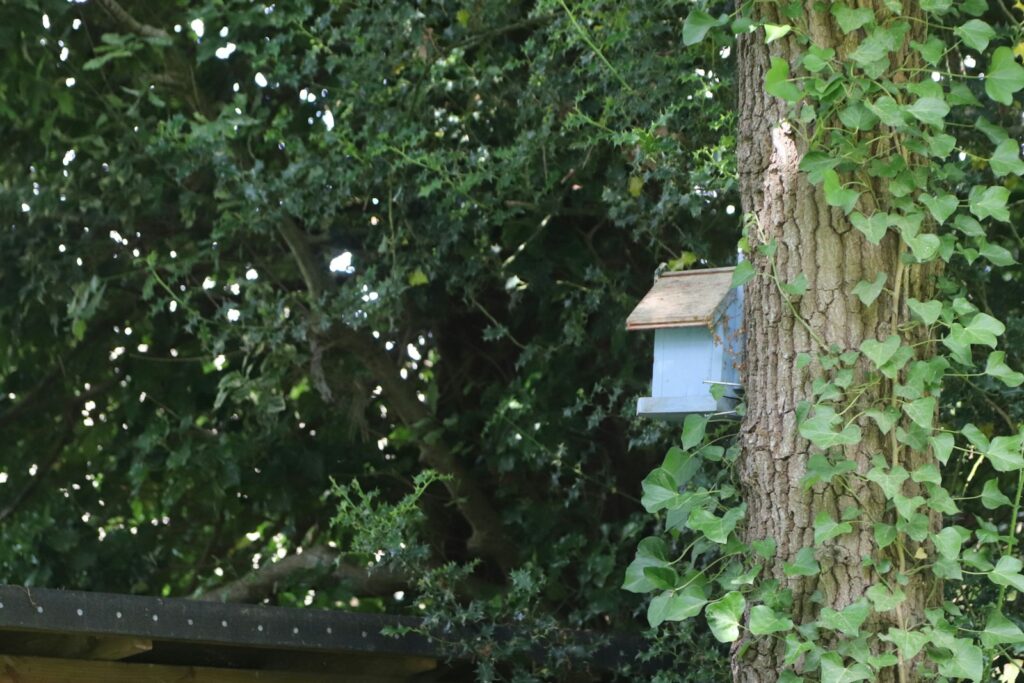
Wildlife whistles and alarms represent valuable tools in the outdoor enthusiast’s safety arsenal, providing an important layer of protection when venturing into wildlife habitats. By understanding the various types of deterrents available, their appropriate applications, and their limitations, campers can make informed choices that enhance their wilderness experience while reducing wildlife conflicts.
Remember that these devices work best as part of a comprehensive approach to wildlife safety that includes proper food storage, campsite selection, and wildlife awareness. With proper use, maintenance, and realistic expectations, wildlife whistles and alarms can contribute significantly to safer camping adventures in even the most remote wilderness areas.
As you prepare for your next outdoor expedition, consider the specific wildlife challenges of your destination and equip yourself with appropriate deterrent tools that will help ensure both your safety and the respectful coexistence with the magnificent wild animals that call these natural spaces home.

